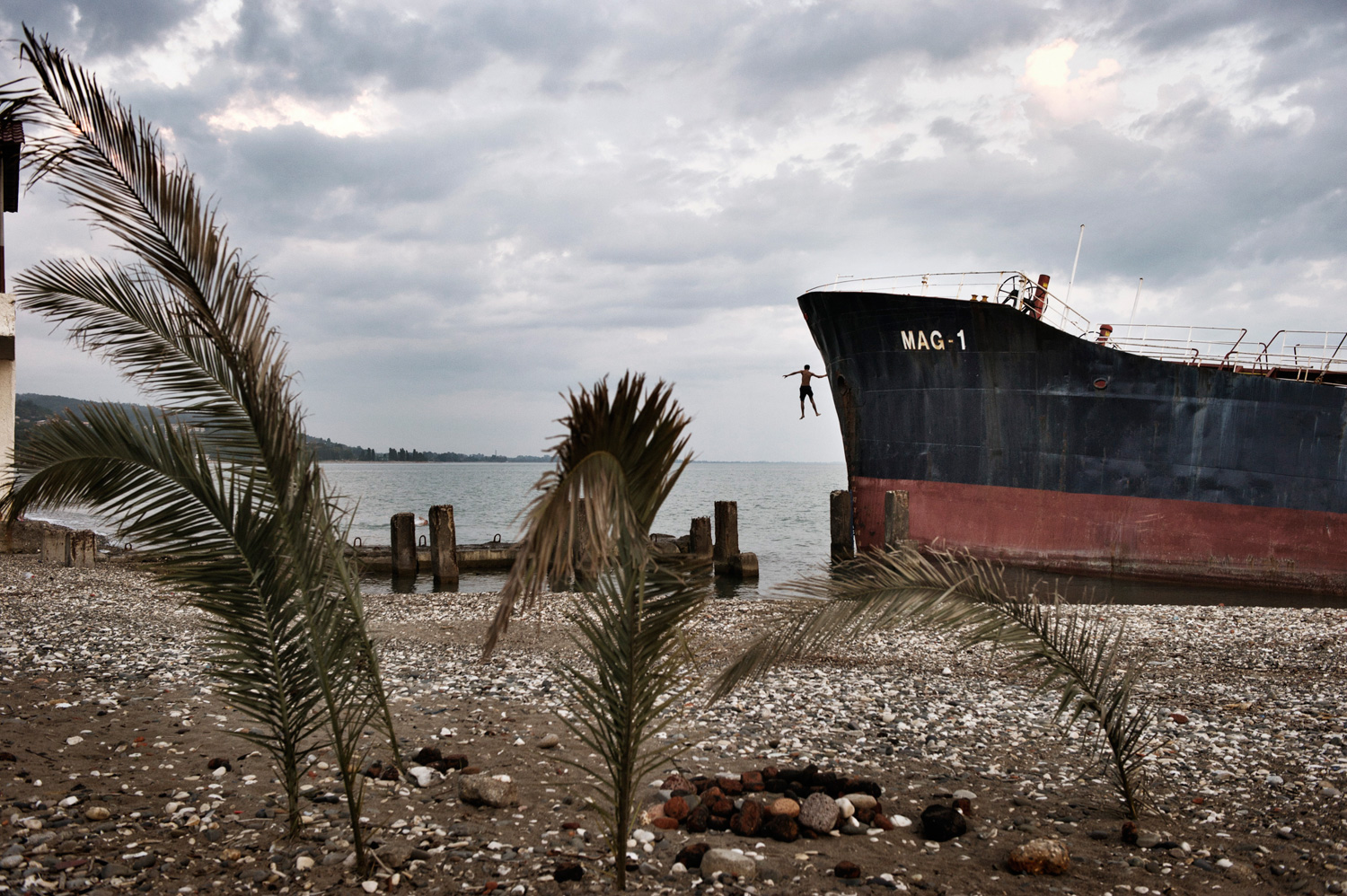
If there is a place on earth that inspires more melancholy, reminiscence and regret than Abkhazia, I have yet to find it. A republic of sighs, home to 250,000 people who still mourn their dead as much as they plan their future.
“Do you remember how it used to be?” they say. “It was like a little Soviet Union.” This is a sweet memory, because the Soviet Union, to Abkhazia, was above all a place where dozens, even hundreds, of races lived under one roof in peace. The brutal ethnic war of ’92-’93 erased many things, but not the memory of a time before bloodshed.
This is equally bittersweet for photographer Yuri Kozyrev, who summered in nearby Sochi as a boy, and who remembers, like all children of the Soviet Union, the paradise that was Abkhazia. Imagine: high mountains dive toward a warm sea. Beaches against verdant forests, long promenades lined with ice cream vendors under palm trees.
Today marks the twentieth anniversary of Abkhazia’s first declaration of independence from Georgia. That initial gesture of July 23, 1992, was boycotted by the ethnic Georgians in government and ignored by the outside world. But soon enough, it began a cycle of attacks and reprisals, fueled by alcohol, old grudges, and the chaos of the Soviet collapse. Total war soon followed, one of the bloodiest and most fratricidal conflicts of a decade that saw plenty of both.
And though the Abkhaz people were victorious—they alone rule Abkhazia now—the republic they liberated has never quite come into being.
Kozyrev and I visited Abkhazia last year, traveling south along that fabled coastline, up into the mountains, down to the tense Georgian border in Gali. Kozyrev had been in Abkhazia during the war; it was my first visit. We were both, however, equally struck by how time just seems to stand still there. A rusting trawler lists on the beach in Sukhum, the radios in the beat up taxis all play songs about the war. In the mountain mining town of Tkvarchal, which starved and suffered under siege during the war, seems half-deserted and wholly inhospitable. Even the national pastime is a sleepy one: the Abkhaz are famous for their skill at dominoes.
Part of this torpor is forced upon them. Georgia and its allies, including the U.S., have been effective in isolating the republic, which it sees as perpetrators of ethnic cleansing against Georgians during and after the war. Only Venezuela, Nicaragua, Vanuatu and a couple of equally small states have recognized its independence. Georgia has blockaded all southern routes by sea and land, and so Abkhazia has to rely on the kindness of its neighbor and patron Russia, with whom it shares a land border.
Yet, they still have their natural gifts. The war did not erase the beaches or the mountains. Russians, particularly poorer ones who can’t afford the neon Shangri-la that Sochi is becoming, still flock to the shore.
The Abkhaz also have something they won at a heavy, heavy price: freedom. The question remains, twenty years later: what will they do with it?
Nathan Thornburgh is a TIME contributing writer and a founder of Roads & Kingdoms, a new journal of foreign correspondence, food, and photography. You can read his full report on his travels to Abkhazia with Kozyrev here.
Yuri Kozyrev is a contract photographer for TIME and was named the 2011 Photographer of the Year in the Pictures of the Year International competition.
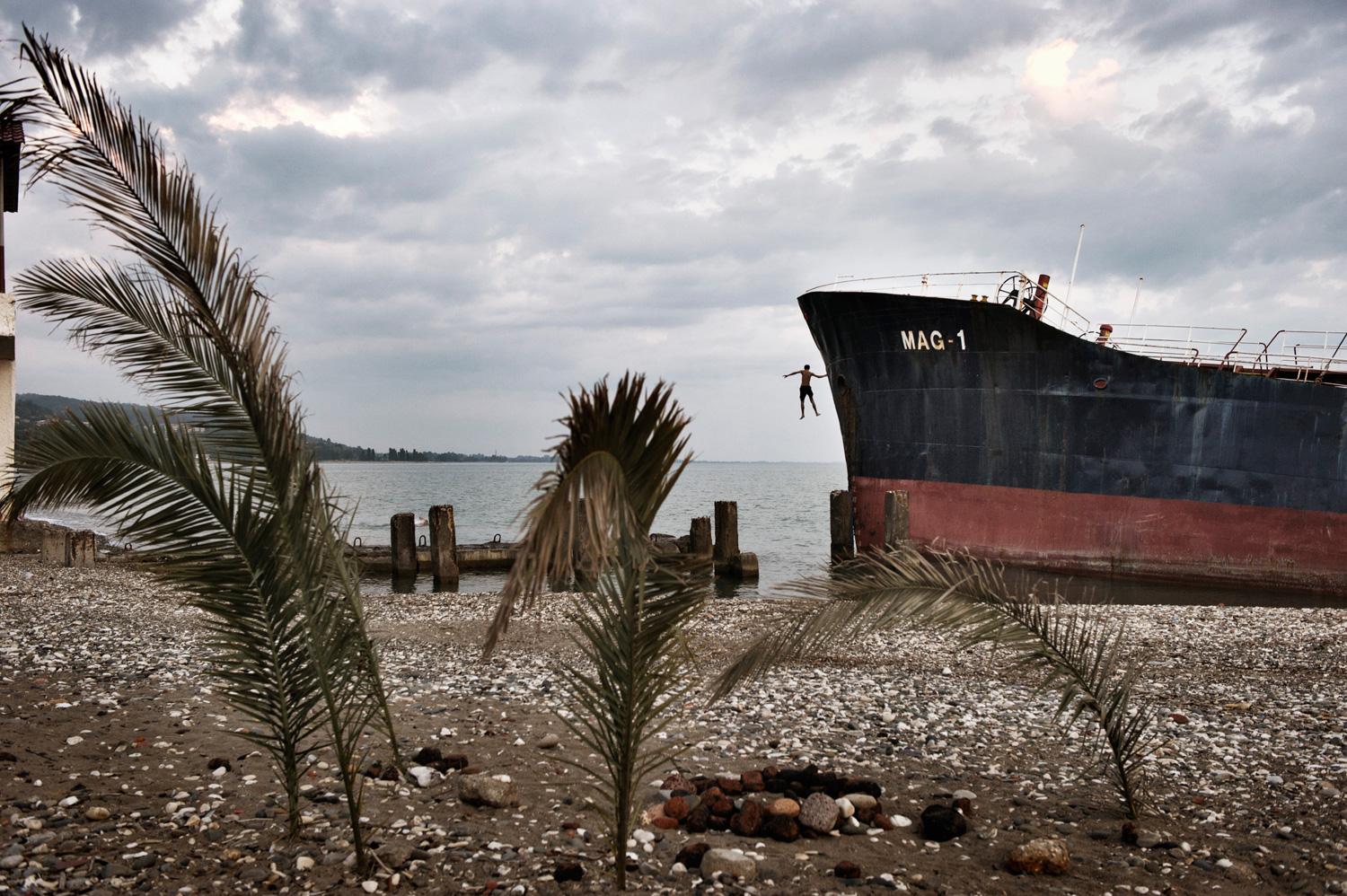

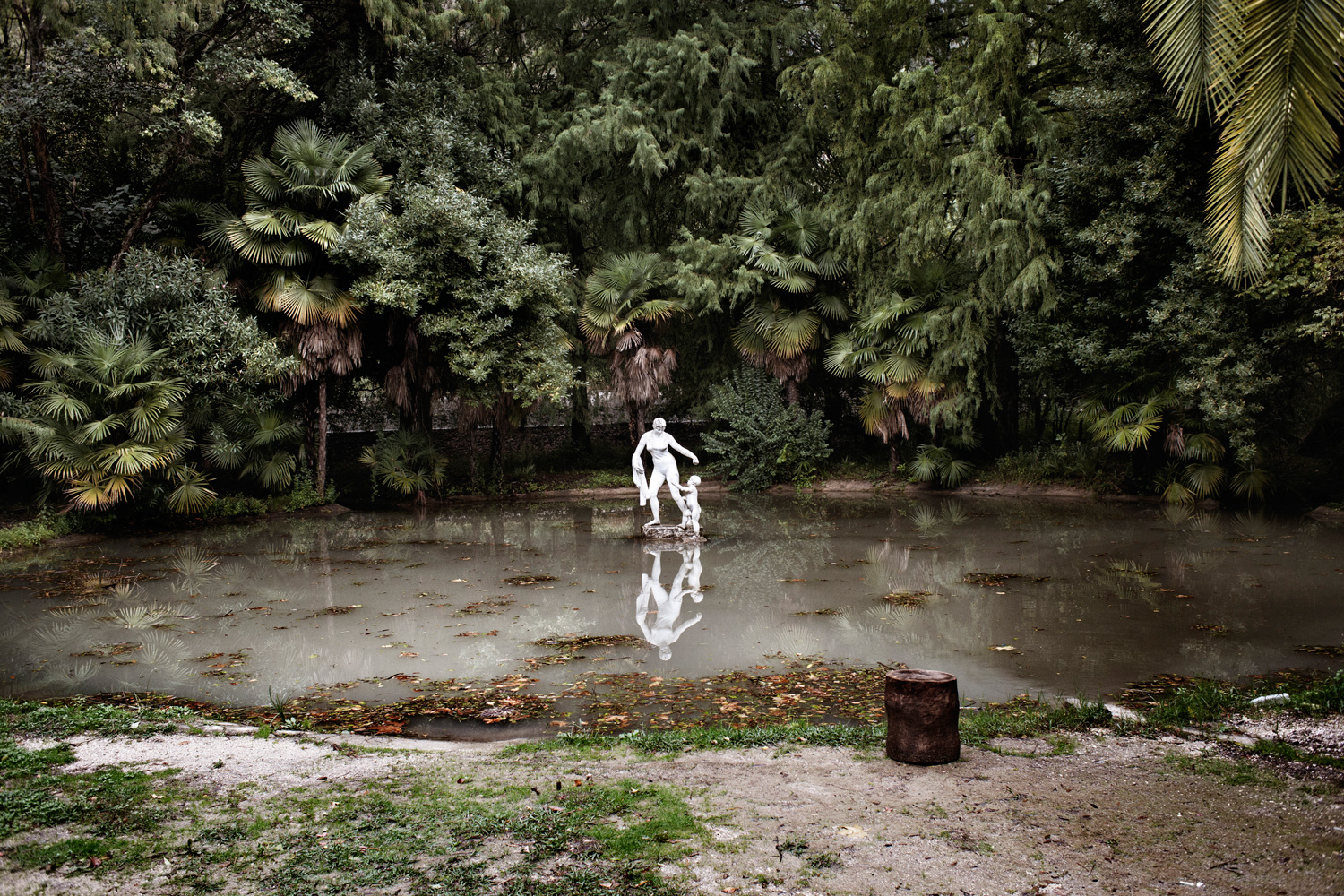

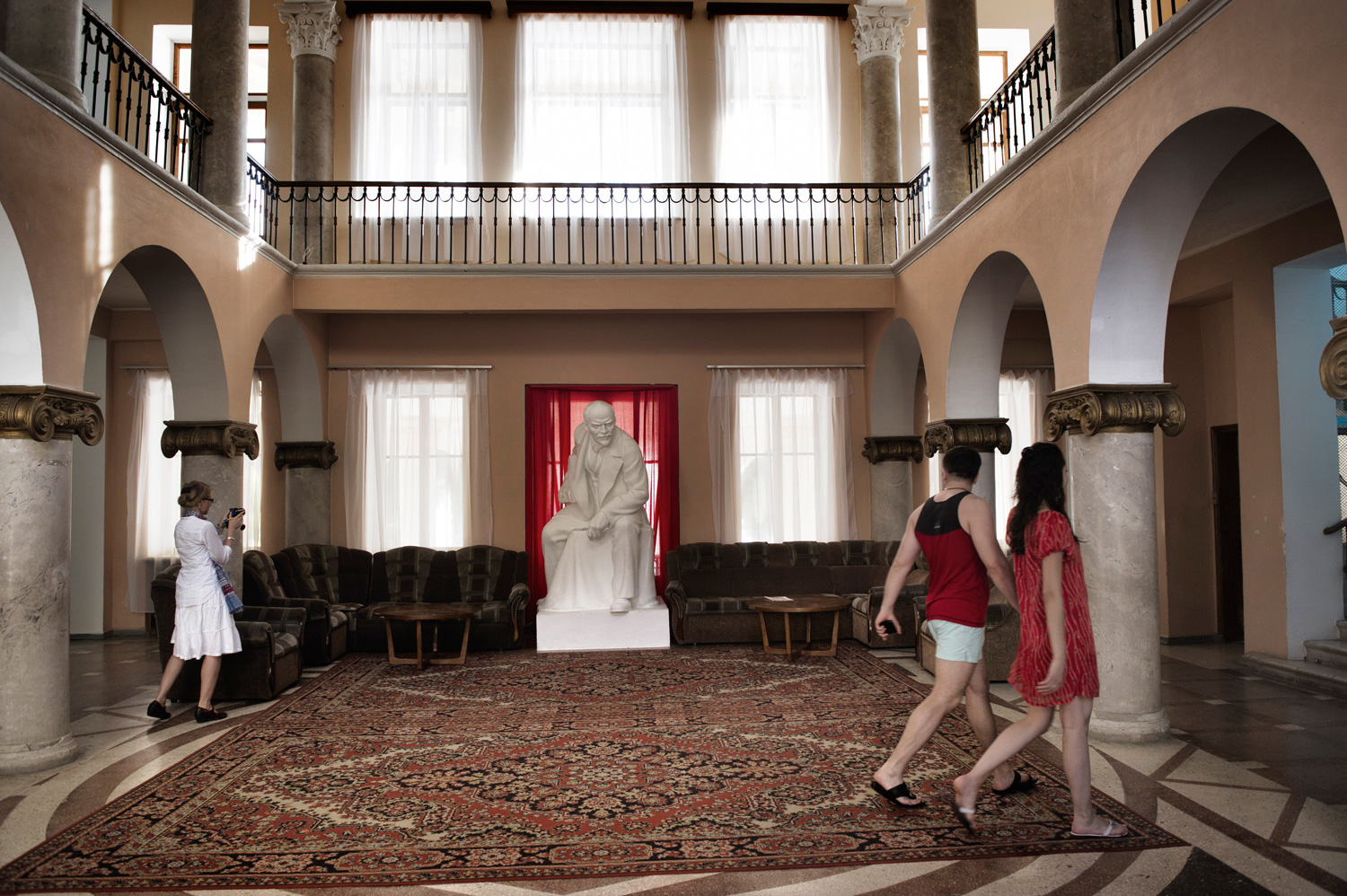
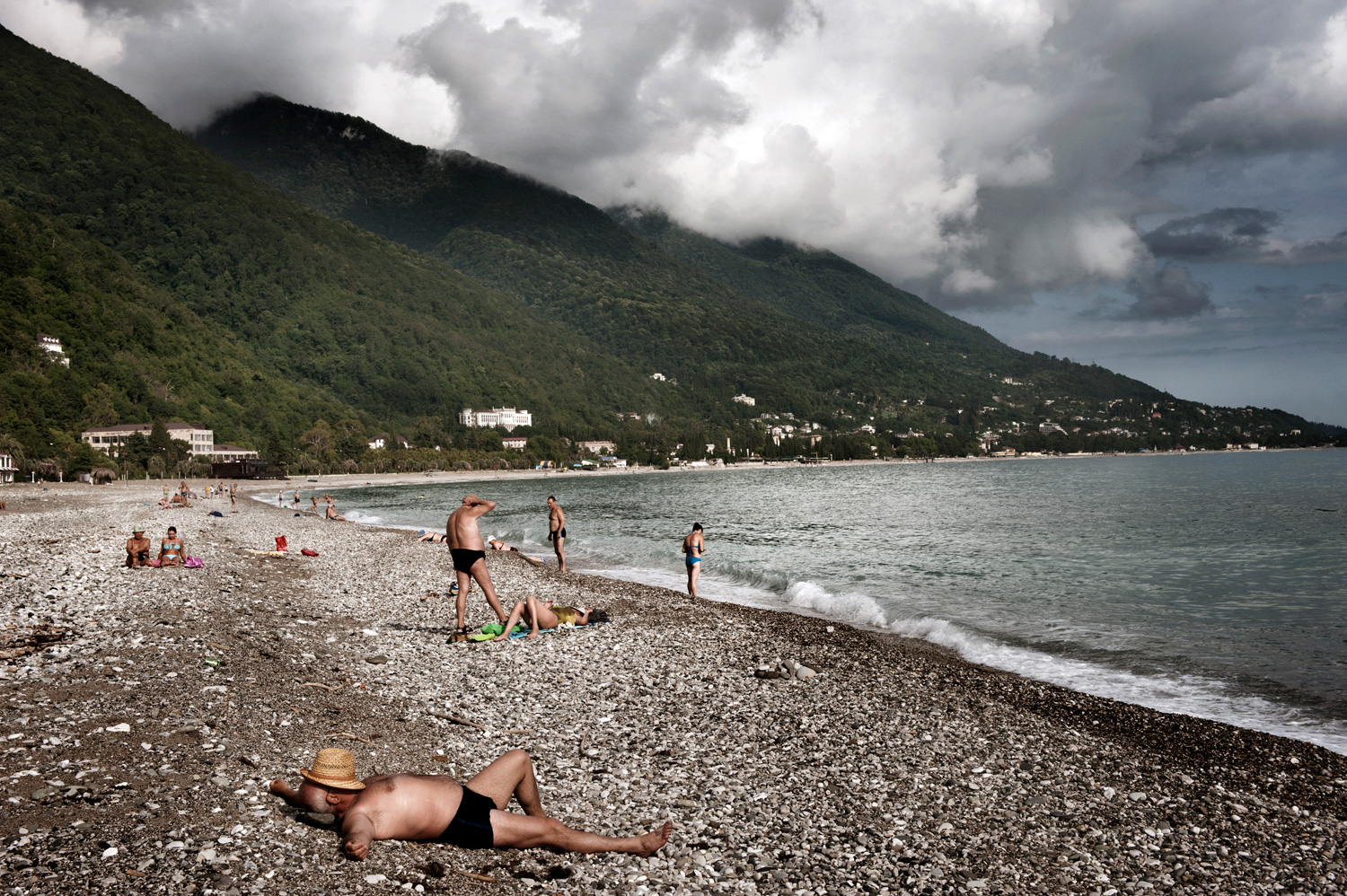
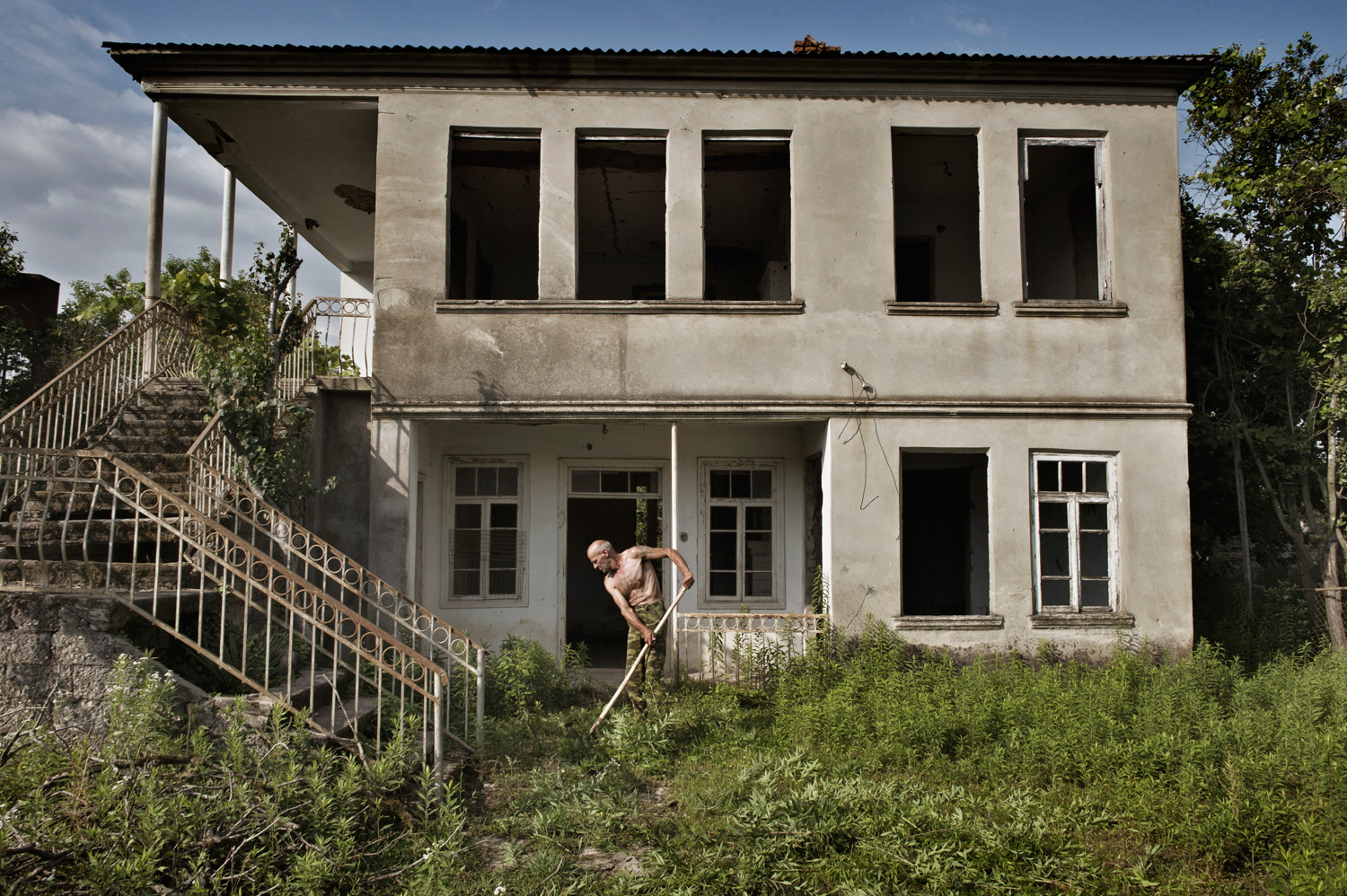

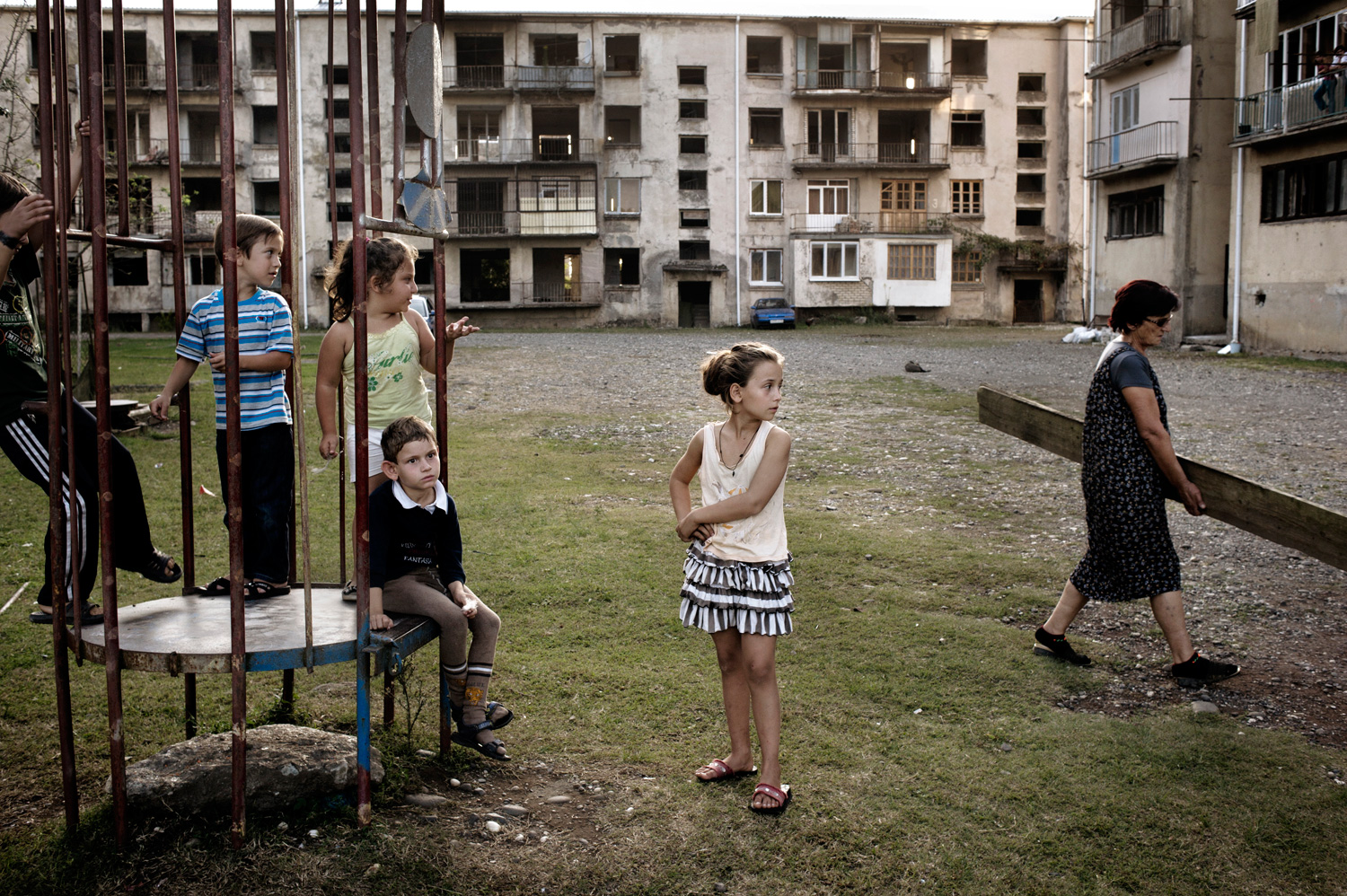
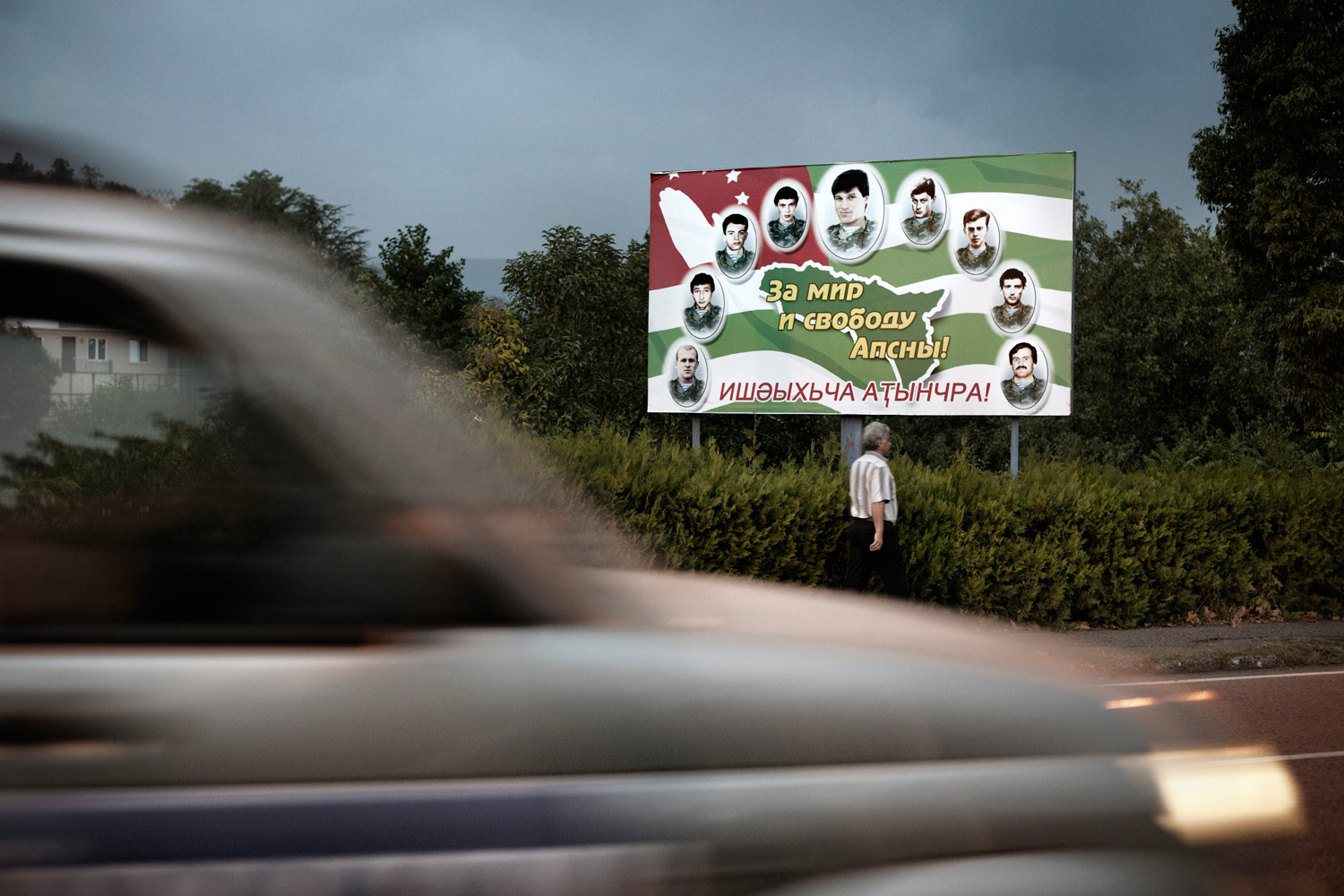
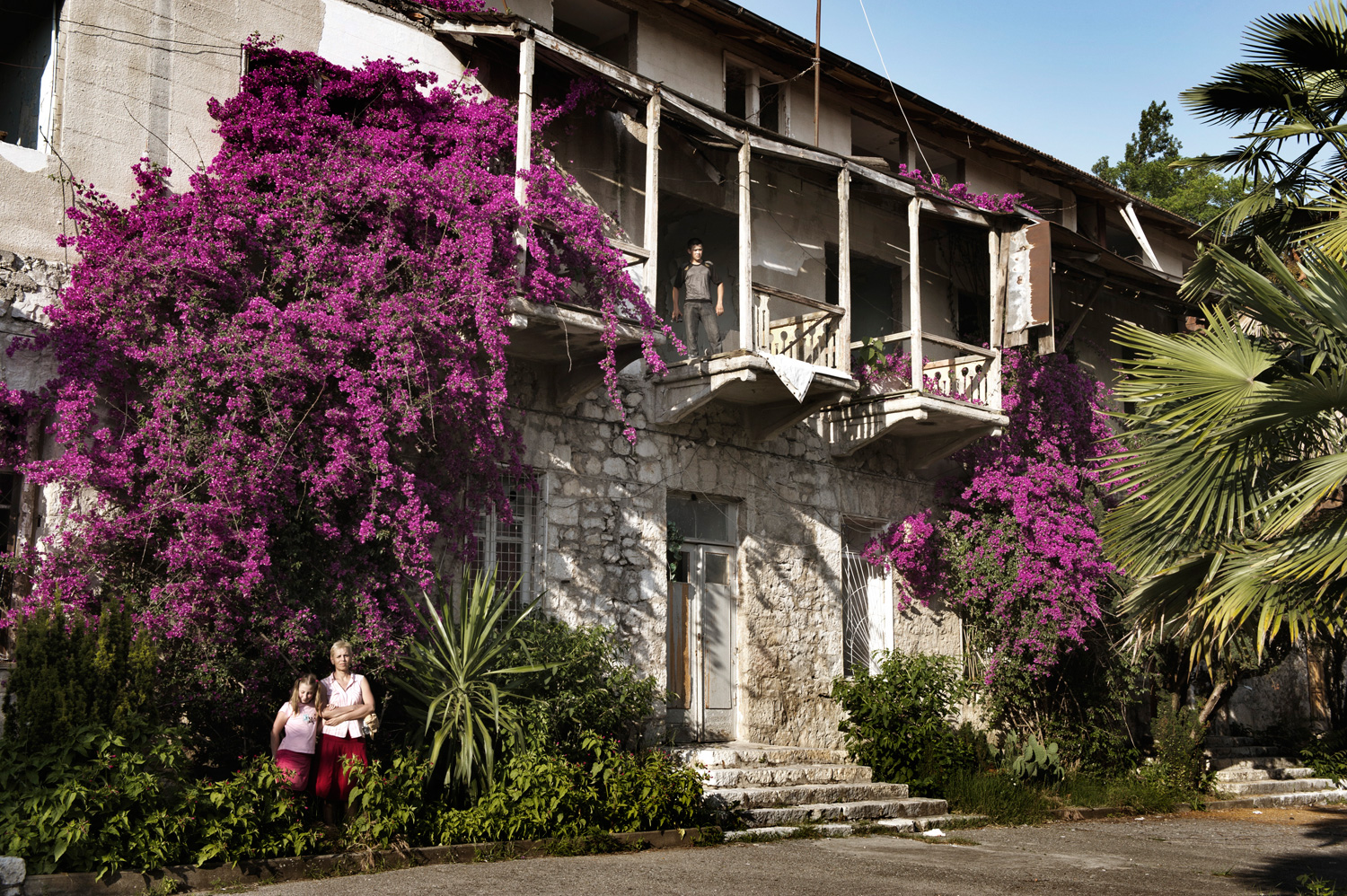


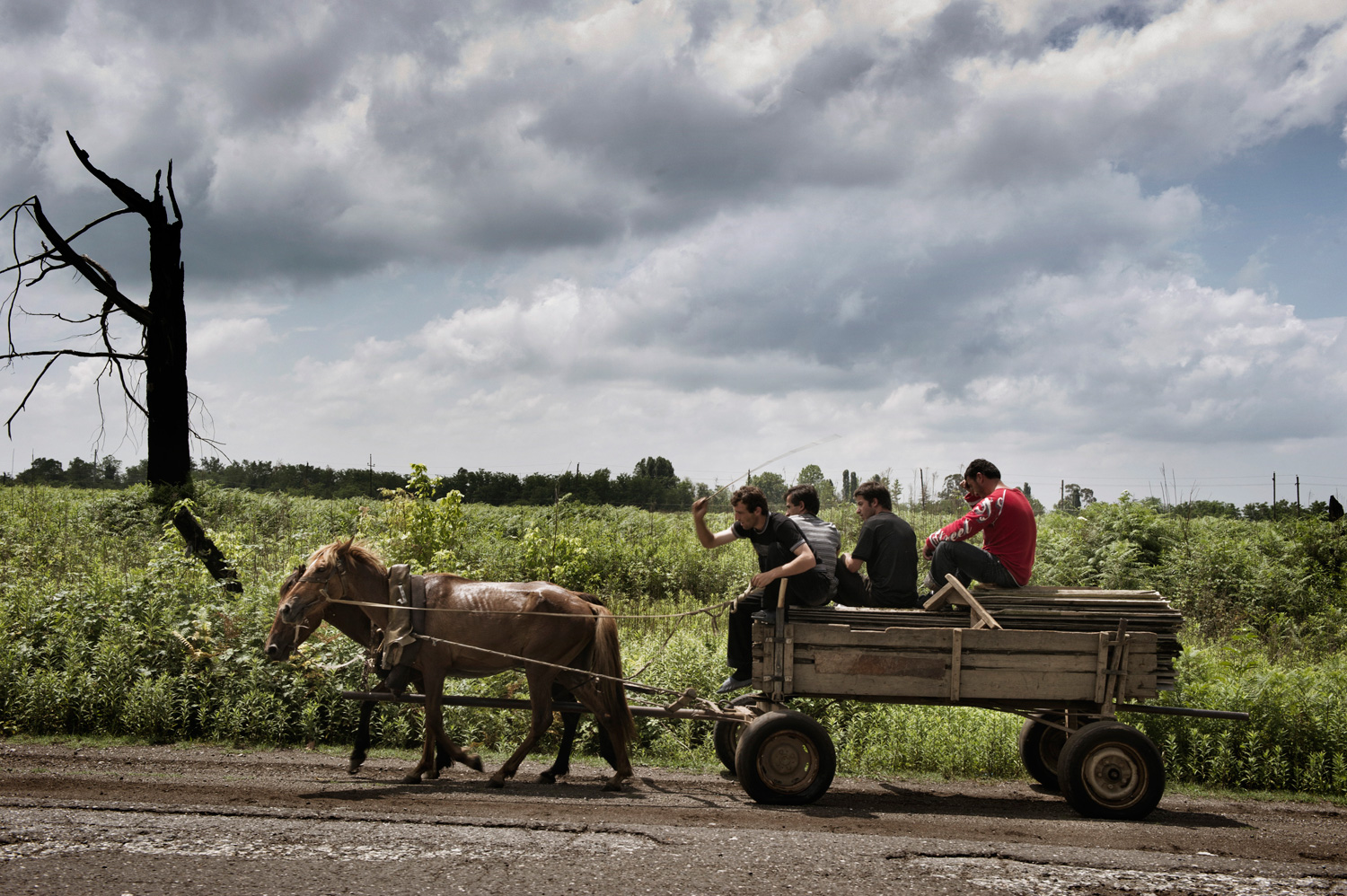
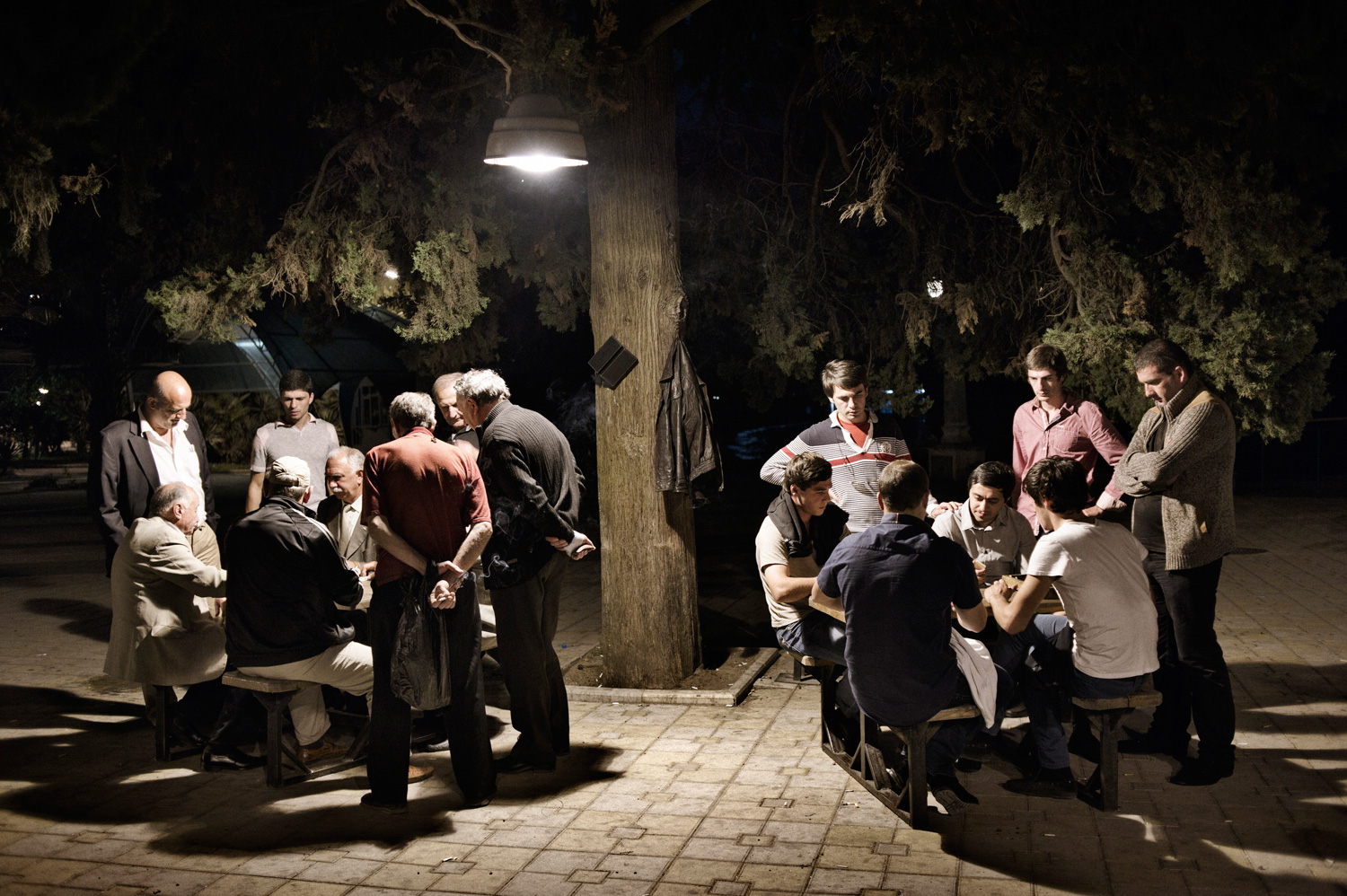

More Must-Reads from TIME
- Cybersecurity Experts Are Sounding the Alarm on DOGE
- Meet the 2025 Women of the Year
- The Harsh Truth About Disability Inclusion
- Why Do More Young Adults Have Cancer?
- Colman Domingo Leads With Radical Love
- How to Get Better at Doing Things Alone
- Michelle Zauner Stares Down the Darkness
Contact us at letters@time.com